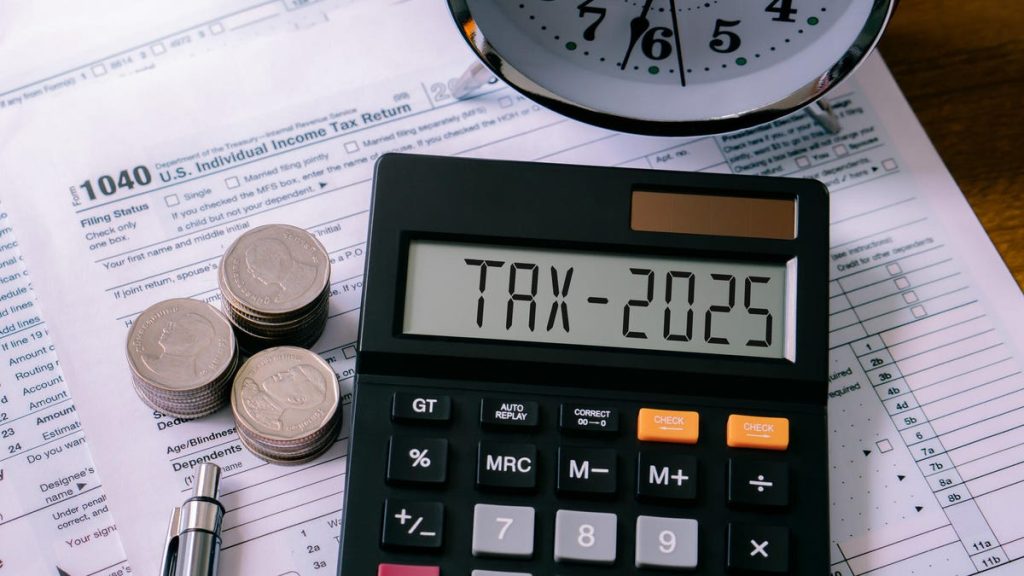Expediting Your Tax Refund: A Comprehensive Guide to E-filing and Direct Deposit
Tax season is upon us, and for many, the anticipation of a tax refund is a significant motivator. If you’re eager to receive your refund as quickly as possible, leveraging electronic filing (e-filing) and direct deposit is essential. These methods can significantly expedite the refund process, delivering your money in as little as 21 days, compared to over four weeks for paper filing and check delivery. This guide will delve into the benefits of these methods, providing a step-by-step walkthrough of how to utilize them effectively.
The Power of Digital: Embracing E-filing for Speed and Efficiency
The key to a faster refund lies in combining e-filing with direct deposit. The traditional method of printing and mailing tax forms can lead to significant delays due to processing and mail delivery times. E-filing eliminates these bottlenecks, allowing the IRS to process your return much faster. You have several options for e-filing. The IRS Free File service offers free filing for eligible taxpayers with simple returns. Alternatively, numerous tax software and apps provide user-friendly platforms for electronic filing, often offering additional features and support. Choosing the right software can streamline the process, ensuring accuracy and minimizing potential errors.
Direct Deposit: Secure, Swift, and Cost-Effective Refund Delivery
While paper checks remain an option, they are significantly slower, less secure, and more costly for both the taxpayer and the IRS. Direct deposit, on the other hand, offers a seamless, secure, and efficient way to receive your refund. By providing your bank account information during the filing process, you can have your refund deposited directly into your account within approximately 21 days when combined with e-filing. This eliminates the risks associated with lost or stolen checks, and the inconvenience of having to physically deposit a check. Moreover, direct deposit is more cost-effective for the government, as it costs significantly less to process electronic transfers compared to printing and mailing paper checks.
Setting Up Direct Deposit: A Simple Process for Faster Refunds
Setting up direct deposit is straightforward and can be done during the e-filing process or even when filing a paper return. Most tax software will prompt you to choose your refund method, allowing you to select direct deposit and enter your bank account and routing numbers. These numbers can typically be found on your checks or bank statements. The IRS allows you to split your refund among up to three accounts, providing flexibility for managing your finances. It’s crucial to ensure the accounts are in your name, your spouse’s name, or both if it’s a joint account, and that they are US-based accounts.
Banking Options for Everyone: Accessing Direct Deposit Even Without a Traditional Bank Account
Even if you don’t have a traditional bank account, you can still benefit from direct deposit. Several options are available, including opening a new bank account or utilizing a prepaid debit card. The FDIC’s GetBanked website provides resources for finding and comparing bank accounts, while credit unions offer a non-profit, member-owned alternative. Many prepaid debit cards also offer account and routing numbers, allowing you to receive your refund directly onto the card. Researching and choosing the right banking option can empower you to access your refund quickly and conveniently.
Choosing the Right Tools: Navigating Tax Software and Resources
Navigating the world of tax software can be daunting, but selecting the right tool is essential for a smooth and efficient filing experience. Several reputable tax software options cater to different needs and budgets. Some offer free filing for simple returns, while others provide more advanced features for complex tax situations. When choosing software, consider factors such as ease of use, customer support, and available features like error checking and guidance. Exploring reviews and comparing options can help you make an informed decision.
Maximizing Your Refund: Additional Tips and Resources
Beyond e-filing and direct deposit, several other strategies can optimize your tax refund and ensure a seamless filing process. Gathering all necessary documents beforehand, such as W-2s, 1099s, and other relevant tax forms, is crucial for accurate and efficient filing. Understanding your tax bracket and eligible deductions can also help you maximize your refund. The IRS website and various online resources offer valuable information on tax laws, deductions, and credits. Staying informed about changes in tax law can further empower you to make the most of your tax return.

